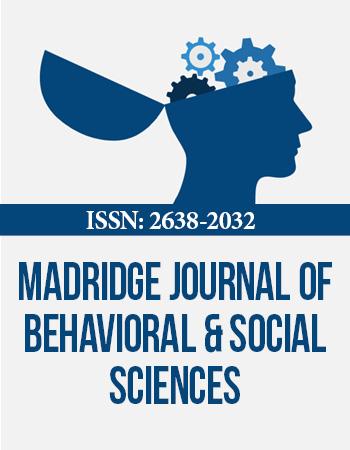International Conference on Alzheimerʼs Disease & Associated Disorders
May 7-9, 2018 Rome, Italy
The Expression and Activity of KV3.4 Channel Subunits are Precociously Upregulated in Astrocytes Exposed to Aβ Oligomers and in Astrocytes of Alzheimerʼs Disease Tg2576 Mice
1Department of Neuroscience, Reproductive and Odontostomatological Sciences,”Federico II” University of Naples, Italy
2Department of Experimental Medicine, II University of Naples, Italy
Astrocyte dysfunction emerges early in Alzheimerʼs disease (AD) and may contribute to its pathology and progression. Recently, the voltage gated potassium channel KV3.4 subunit, which underlies the fast-inactivating K+ currents, has been recognized to be relevant for AD pathogenesis and is emerging as a new target candidate for AD. In the present study, we investigated both in in vitro and in vivo models of AD the expression and functional activity of KV3.4 potassium channel subunits in astrocytes. In primary astrocytes biochemical, immunohistochemical, and electrophysiological studies demonstrated a time-dependent upregulation of KV3.4 expression and functional activity after exposure to amyloid-β (Aβ) oligomers. Consistently, astrocytic KV3.4 expression was upregulated in the cerebral cortex, hippocampus, and cerebellum of 6-month-old Tg2576 mice. Further, confocal triple labeling studies revealed that in 6-month-old Tg2576 mice, KV3.4 was intensely coexpressed with Aβ in nonplaque associated astrocytes. Interestingly, in the cortical and hippocampal regions of 12-month-old Tg2576 mice, plaque-associated astrocytes much more intensely expressed KV3.4 subunits, but not Aβ. More important, we evidenced that the selective knockdown of KV3.4 expression significantly downregulated both glial fibrillary acidic protein levels and Aβ trimers in the brain of 6-month-old Tg2576 mice. Collectively, our results demonstrate that the expression and function of KV3.4 channel subunits are precociously upregulated in cultured astrocytes exposed to Aβ oligomers and in reactive astrocytes of AD Tg2576 mice.
Biography:
Anna Pannaccione is the assistant Professor of Pharmacology at the Department of Neuroscience of the University of Naples Federico II, School of Medicine from 2004. His main research themes are focused on the functional, pathophysiological and pharmacological role(s) of diverse classes of ionic channels and transporters. Throughout the years, these themes have been pursued by means of an integrated approach using electrophysiological, biochemical, genetic, and pharmacological techniques. In particular, the following research themes have been addressed to the characterization of the involvement of ionic homeostasis dysregulation in Alzheimerʼs disease with particular attention to the study of sodium/calcium exchanger, voltage-gated potassium KV3.4/mirp2, and sodium NaV1.6 channels.


